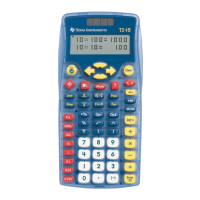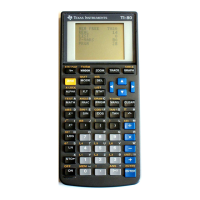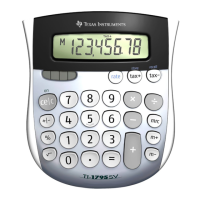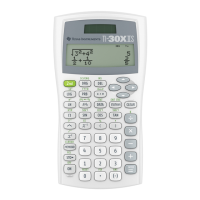but the correct result is
(
2x−3
)(
2x−3
)
7
9
However, if symbolic values are used for the constants, the correct result is returned, that is
returns [3]
¶
(
ax + b
)
n
dx
2
(
ax+b
)
n
2
+1
a
(
n+2
)
If Approx mode is used instead of Auto mode, examples [1] to [3] return correct results.
The problem also exists with definite integrals. This is shown with a definite integral of example [1]
above:
returns [4]
¶
2
9
(
7x + 4
)
3
dx
8978 67
5
−
1944 2
5
but the correct result is
8978 67
35
−
1944 2
35
In Approx mode the correct result of about 2021.11 is returned.
Correct results can be obtained in Auto mode by writing the integrand in exponential form, instead of
using the square root operator. Applying this to example [1]:
correctly returns [5]
¶
(
7x + 4
)
3
2
2
(
7x+4
)
5
2
35
and for the definite integral of example [4]:
correctly returns [6]
¶
2
9
(
7x + 4
)
3
dx
8978 67
35
−
1944 2
35
Incorrect results will be obtained if you use substitution (the "with" operator | ) for n, for example
returns the incorrect result of [1]
¶
(
7x + 4
)
n
dx x n = 3
but if you evaluate the expression without the constraint n=3, and then apply the constraint to that
result, the correct integral is returned.
A similar problem also occurs with integrands of the form
[7]
1
(
ax+b
)
n
For integrals of this form, the correct result is returned if or .
n
m
10 n
[ −10
The built-in differential equation solver can fail with arguments of this type, too.
(Credit to Gary Wardall, Damien Cassou, Kevin Kofler, and ES)
6 - 74
